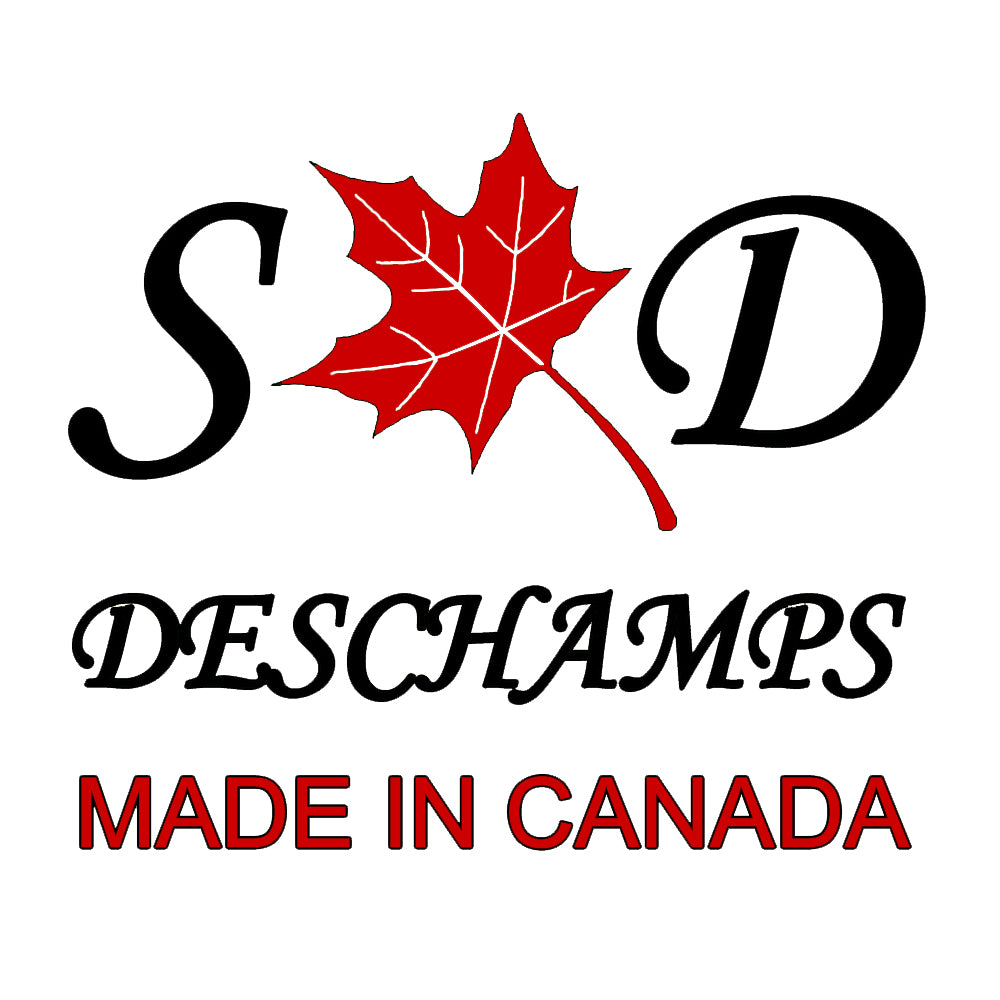FAQ's
1) Why brass?
Brass is a very dense material, even more so than steel. It is also softer than steel (though not as soft as aluminum). Because of this it transfers feel very directly without being harsh. It has an "old world" classy look to it.
Brass is also very machinable and doesn't require a 10,000 pound machining center or flood coolant, both of which are requirements for machining 303 stainless properly. Brass is quite expensive, even more so in recent years.
2) No hand stamping?
Hand stamping done extremely well looks OK. CNC engraving done properly looks awesome. Consistency and spacing is perfect and there are no raised or mushroomed edges. There are 5 font choices and it can be sized to fit perfectly. This isn't scratch engraving but milled .010" deep with a 90* cutter to allow for proper paintfill. This is one area where modern tech is superior to old school.
3) How do the finishes hold up?
The Satin and Tumbled raw finishes will brown over time. Applying a protectant like the included Boeshield T9 will slow this down. The browning is oxidation only and not rust or corrosion.
The Antique and Aged finishes are already oxidized and will continue to look virtually the same over time, especially with T9 applied.
4) Why do you make your own headcovers?
I wanted something that would be made from premium materials, fit nice and snug and have a classic feel. That and potential lead times lead me to learn leathercraft and make something that was unique, beautiful and fit perfect. It's not the easiest path but the most satisfying.
5) What neck would suit me, plumber or slant?
A plumber neck closes the putter head slowly and suits a golfer who's putt miss is a pull. A slant neck closes the putter head a little easier and suits a golfer who's putt miss is a push.
6) There is a screw going into the bottom of the neck, is it removeable and can the neck be taken off?
No and no. The head and neck are machined as separate parts and joined together with both a screw and 24 hour epoxy (including the screw being epoxied in). This is done to increase the strength of the joint. Please, do not try to remove the screw.
